Blog
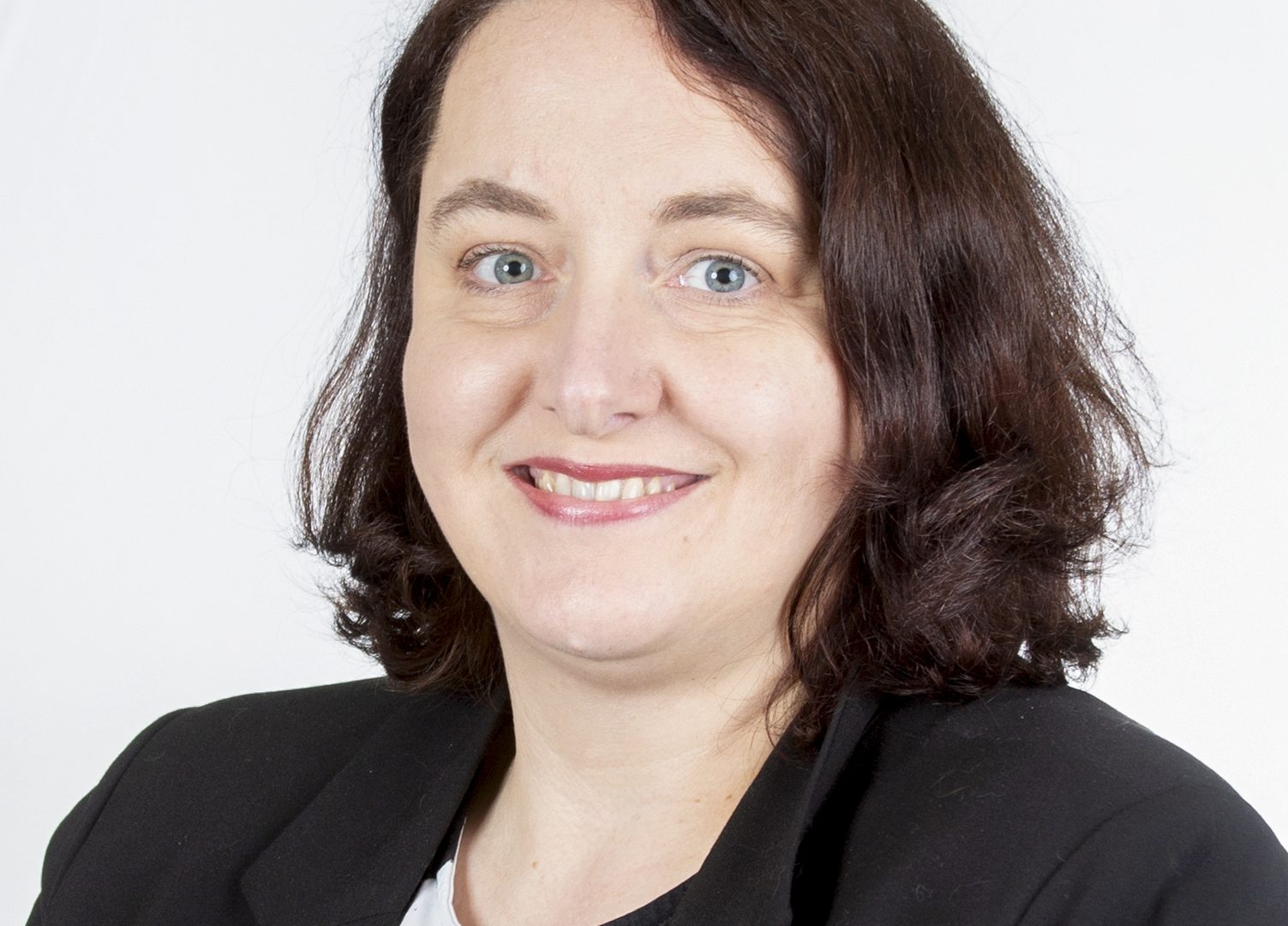
Susann Warnecke new Secretary General of International Peatland Society
The Executive Board of the International Peatland Society (IPS) has appointed Ms Susann Warnecke as new IPS Secretary General as of 10 October 2022. The position is permanent and is best described as the "smooth running of the society", including administration, finances and communications as well as strategic development and member management. [caption id="attachment_7980" align="alignleft" width="400"] Photo by Henriikka Koskinen, Foto-Antti Vaajakoski[/caption] Ms Warnecke was born in 1975 and grew up in Germany until she moved to Finland as an exchange student to study Global Business Management in 1999, and...
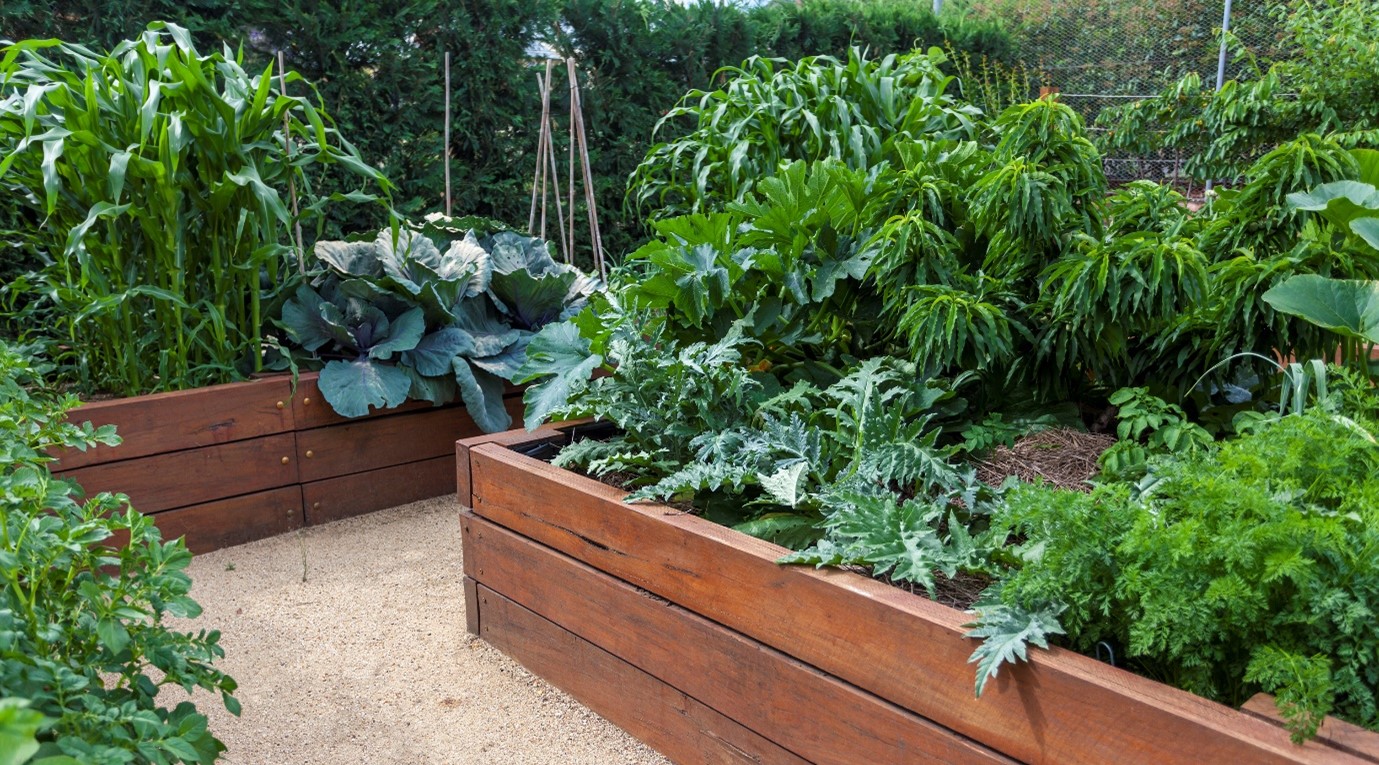
Peat stakeholders discuss challenges of the sector in Riga
PRESS RELEASE Almost 300 interested guests from 17 countries, representing different stakeholders in the peat sector, met in Riga, Latvia for the 20th Baltic Peat Producers’ Forum (BPPF) this week, 14 - 15 September 2022. Background The peat sector is under pressure from climate policy measures, even though it accounts for a relatively small proportion of peat-related emissions. Despite the increasing global demand for peat products, peat extraction is concentrated in just a few countries, among which the Baltic countries have long-standing traditions and are remarkable exporters today. Peatlands play...
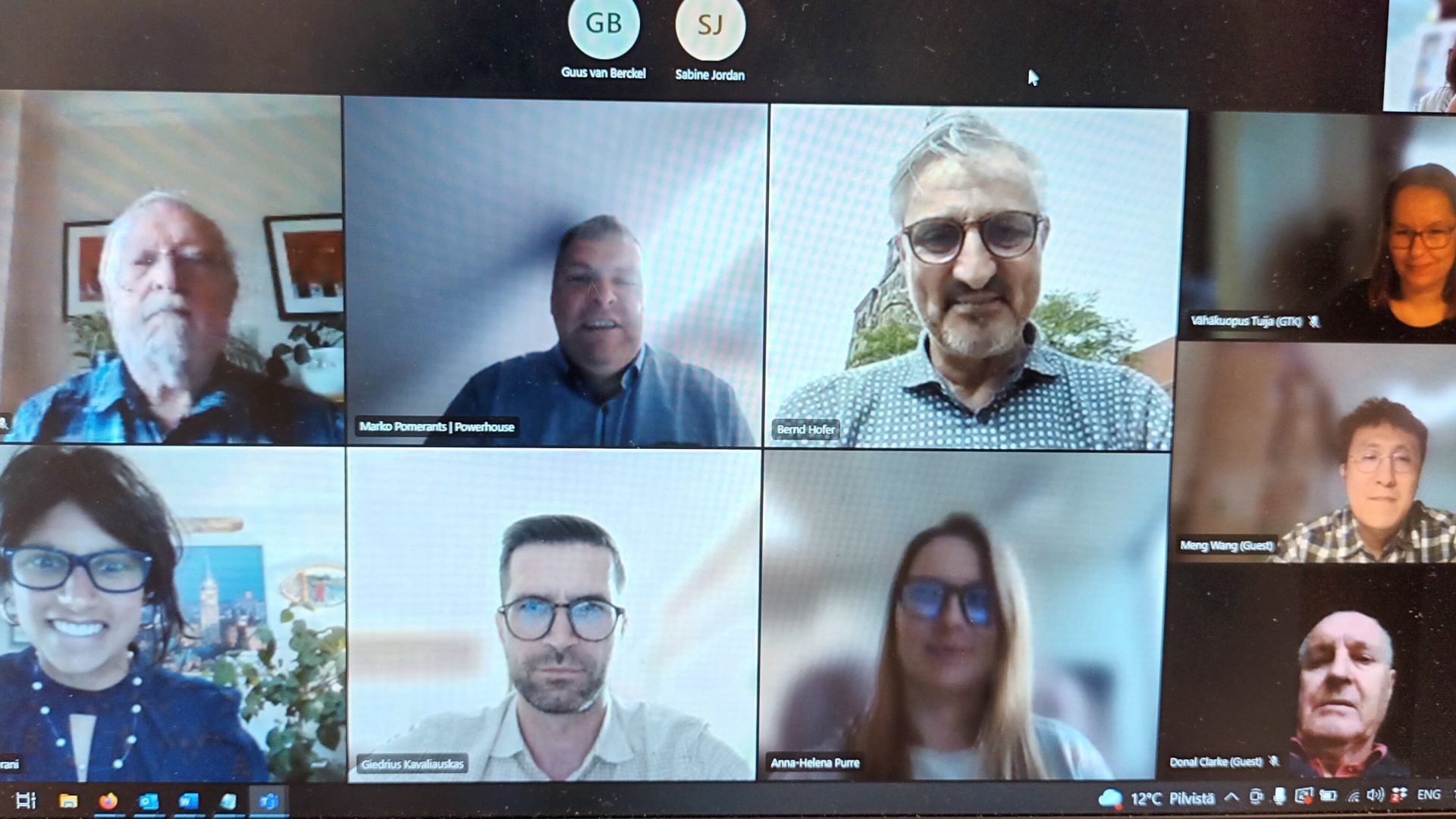
New Executive Board Elected
The IPS has elected a new Executive Board at its Annual Assembly. Members are: 2022-2024 Marko Pomerants, President Guus van Berckel, the Netherlands, 1st VP Jack Rieley, UK, 2nd VP Donal Clarke, Ireland Asha Hingorani, Canada Giedrius Kavaliauskas, Lithuania Tuija Vähäkuopus, Finland 2022-2026 Bernd Hofer, Germany Sabine Jordan, Sweden Anna-Helena Purre, Estonia Meng Wang, China Congratulations! At the same meeting, the Assembly approved budget and membership fees 2022-2023, including the funding and implementation of the Position Paper "Embracing Change".
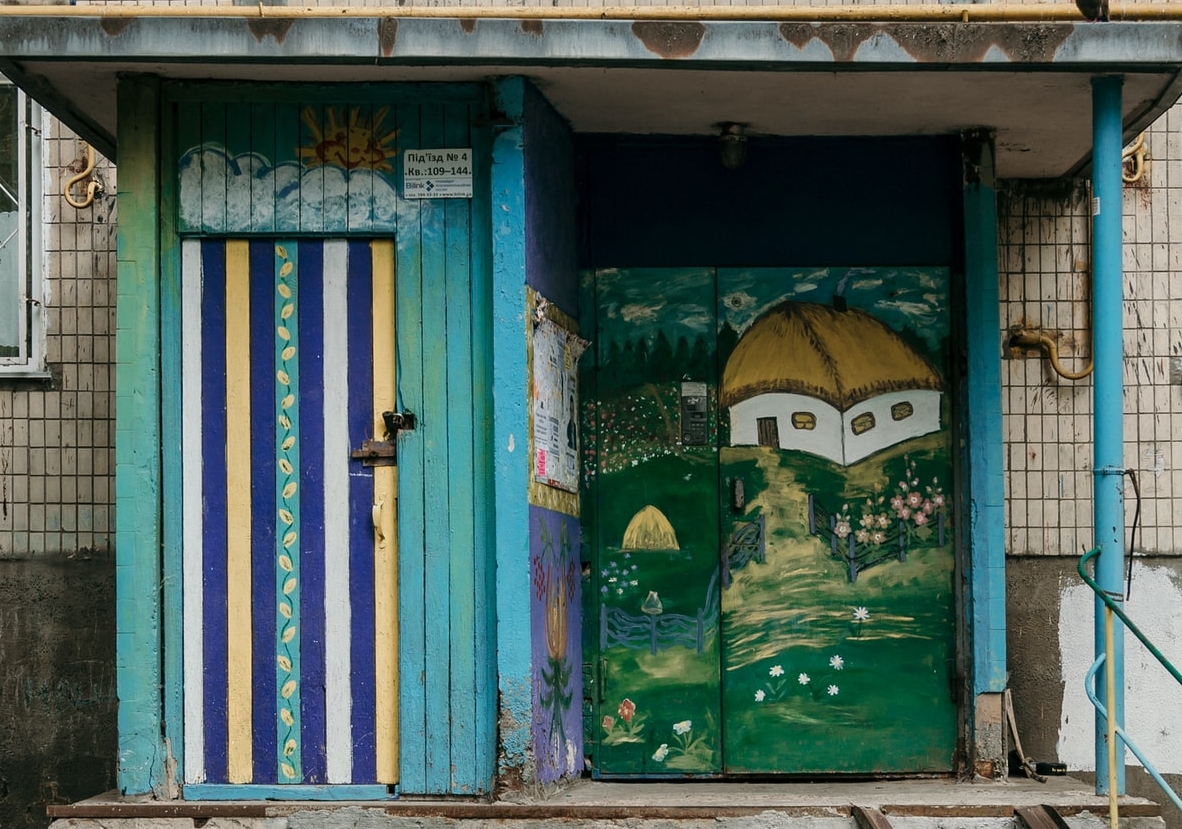
IPS Response to Russian Aggression in Ukraine
Statement by the Executive Board To download the statement as PDF file: https://peatlands.org/document/eb-statement-ukraine The International Peatland Society is deeply concerned about the ongoing military and political Russian aggression against the sovereign and independent state of Ukraine, supported by Belarus. All three countries have or have had members in the IPS, and cooperation has been fruitful over more than fifty decades, on professional as well as personal level. We have often stated that the IPS provided a bridge between countries even during the Cold War and that is has been excellent...

Executive Board Elections 2022
Wanted: Five New Executive Board members! IPS National Committees are kindly asked to submit their nominations for the IPS Executive Board (EB) until 7 February 2022. At least five positions will be vacant. Formally, a nomination letter and CV are required, also for current EB members that would like to be re-elected. Leaving EB members are: Sabine Jordan, Sweden Ingrida Krigere, Latvia (30 Dec) Lulie Melling, Malaysia Erki Niitlaan, Estonia Frank Tamminga, Germany The following EB members keep their positions until 2024: Marko Pomerants, Estonia, President Guus van Berckel, the...
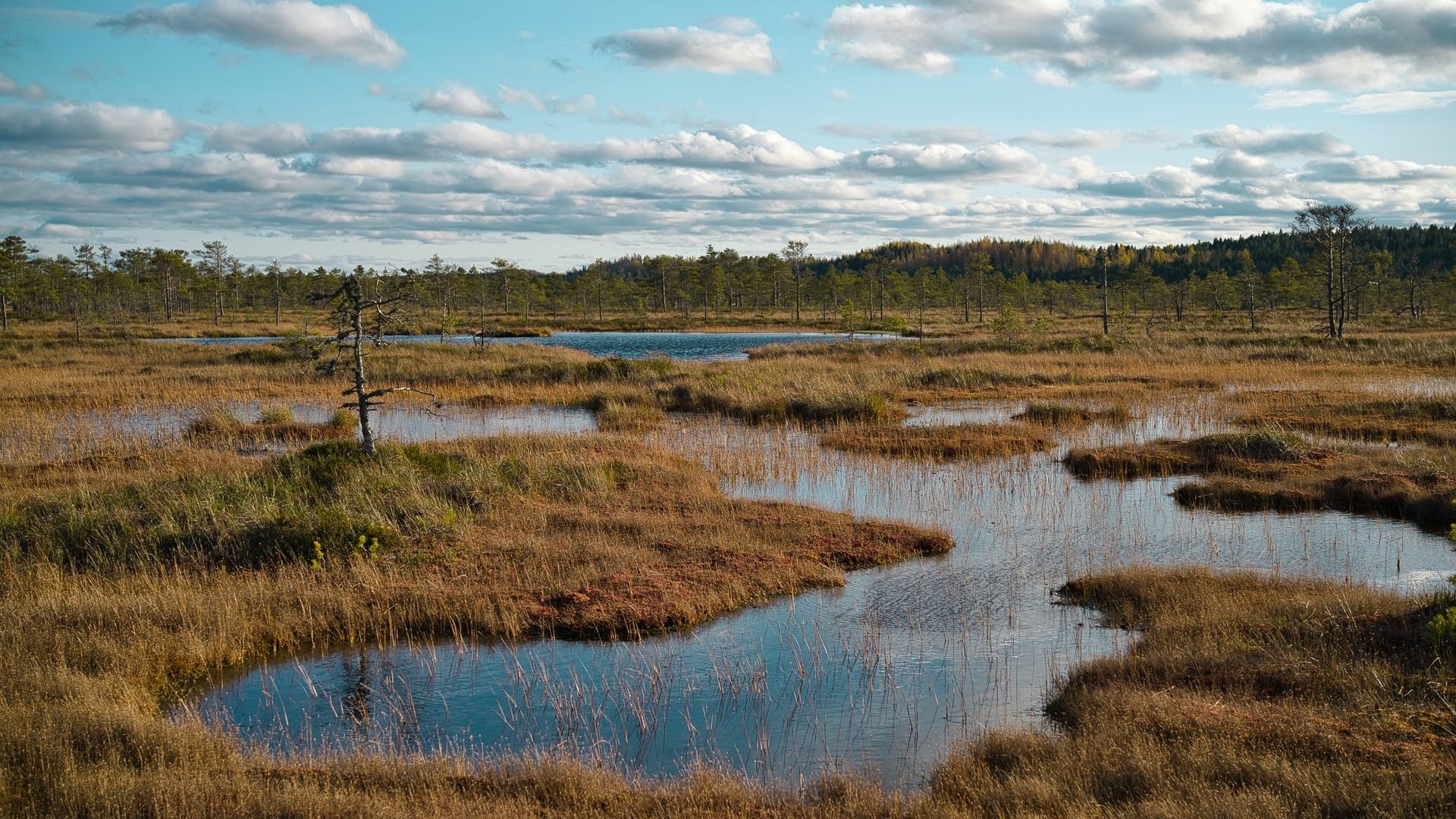
More exciting facts on Peat and Peatlands
The IPS offers further resources on its website, via its publications, events, commissions and expert groups. Do not hesitate to contact us or join us as a member! The following documents and videos were provided by our members especially for COP26: Videos Documents Links [caption id="attachment_7537" align="alignleft" width="990"] Photo by Maksim Shutov[/caption]
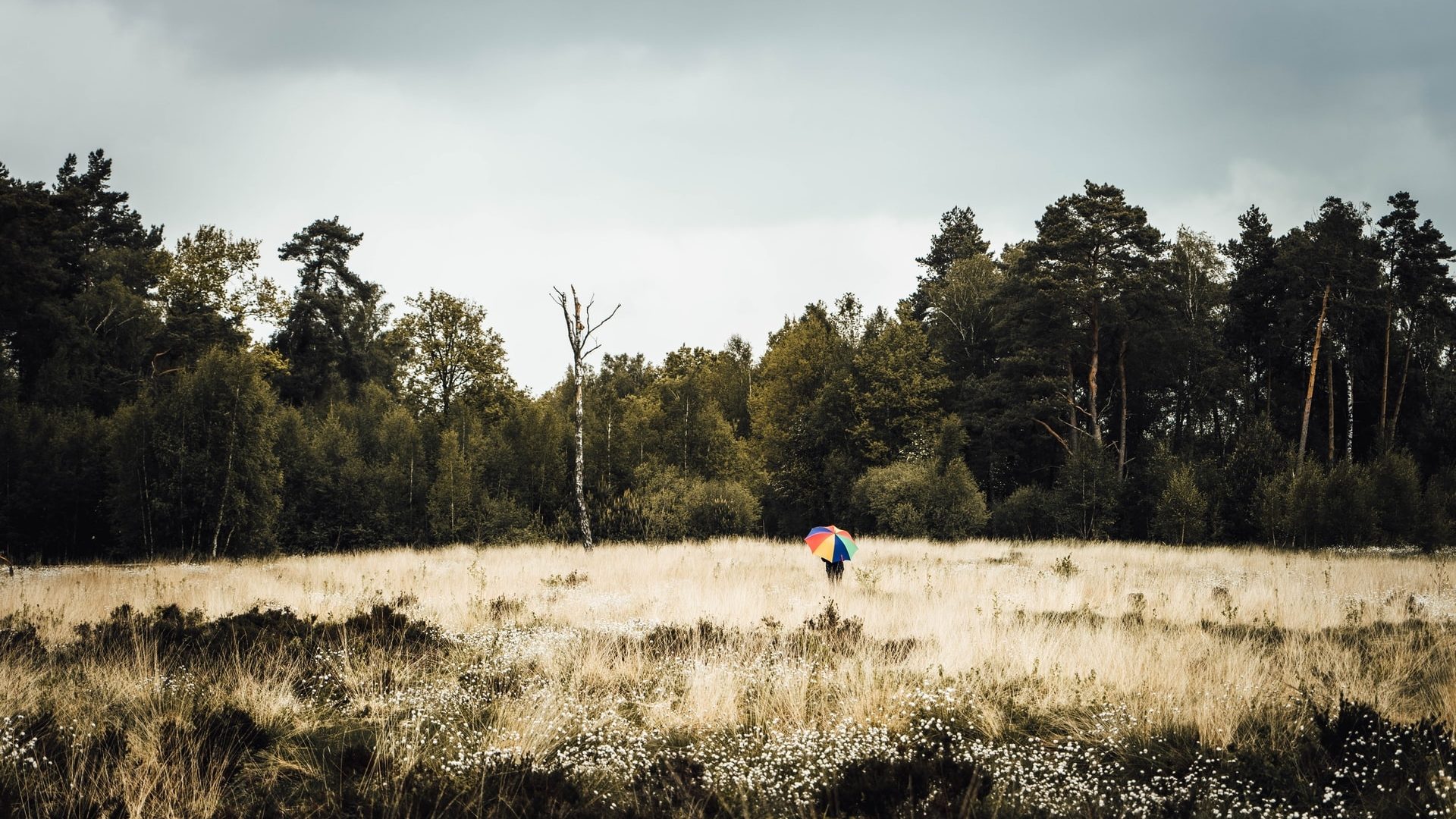
Peatland Restoration and Rehabilitation
Degraded peatlands are being restored in many parts of the world. These include areas impacted by humans, as well as those drained by natural processes, such as a lack of rain, erosion or overgrazing. Fundamentally, peatlands can be restored by blocking ditches, raising the water table, applying or encouraging typical mire vegetation and careful monitoring. To be successful, scientists and practitioners need to work together closely, especially if small test areas are upscaled to large bogs. Catchment hydrology, geology, biodiversity and climate have to be taken into consideration, as well...
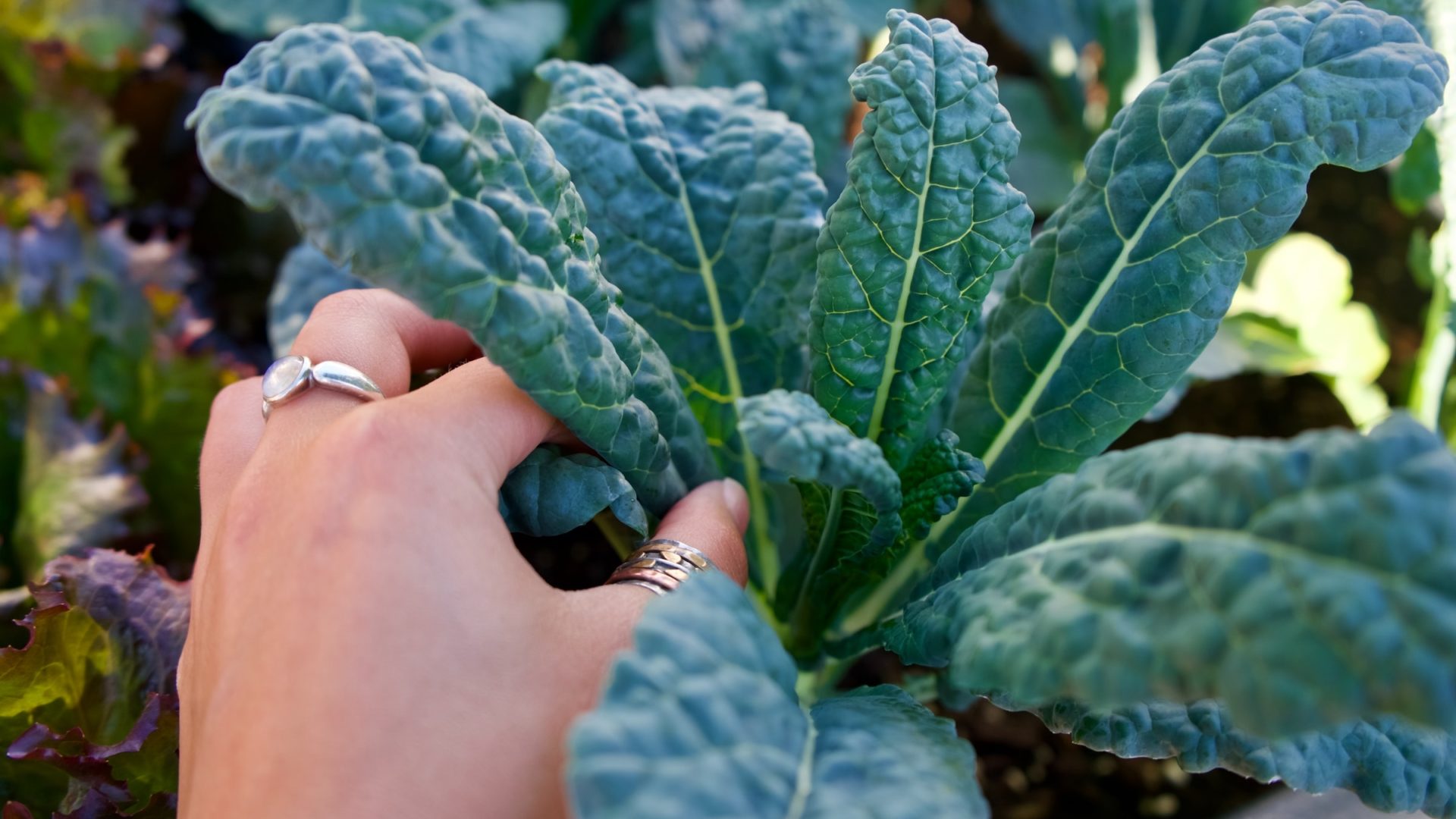
Peat and Peatlands in relation to Economy and Society
Peatlands are important for the environment and climate, but their role with regard to the economy and society is currently often underrated. People in rural areas depend on peatlands for water, food and raw materials. This applies, in particular, to the southern hemisphere, where inhabitants are highly dependent upon their natural environment, but with certain restrictions also to temperate and boreal regions. Peat has been used as a fuel and bedding material for centuries. The use of peat for energy is currently being phased out in many countries, including, e.g.,...

Open document database
Since 2019, the IPS has had its own fully-open document database. The database contains articles from IPS conference proceedings, policy papers and certain presentations and publications for which we hold copyrights. You can easily search the database by author, topic or year, for instance. Try here: https://peatlands.org/publications/document-database Additional content will be added by the Secretariat as time allows. The IPS headquarters in Jyväskylä also provide scans of older, printed proceedings on request. [caption id="attachment_7519" align="alignleft" width="1136"] Photo by Becca Tapert[/caption]

Peatlands International Mag
The IPS publishes its own magazine four times a year. The 40-60 page publication consists of reports written by peat and peatland enthusiasts on current research projects, interesting events, new publications and developments in science and industry. Subscription to the magazine is free for IPS members (electronically, PDF file), others can subscribe via our online shop. The next deadlines for articles are 15 November and 20 February. Subscribe to the magazine (2021 issues): https://bit.ly/ipsx2021 Download previous issues (2014-2020): https://bit.ly/pisearchpdf Order printed copies (1998-2013): https://holvi.com/shop/peatlands/section/magazines
